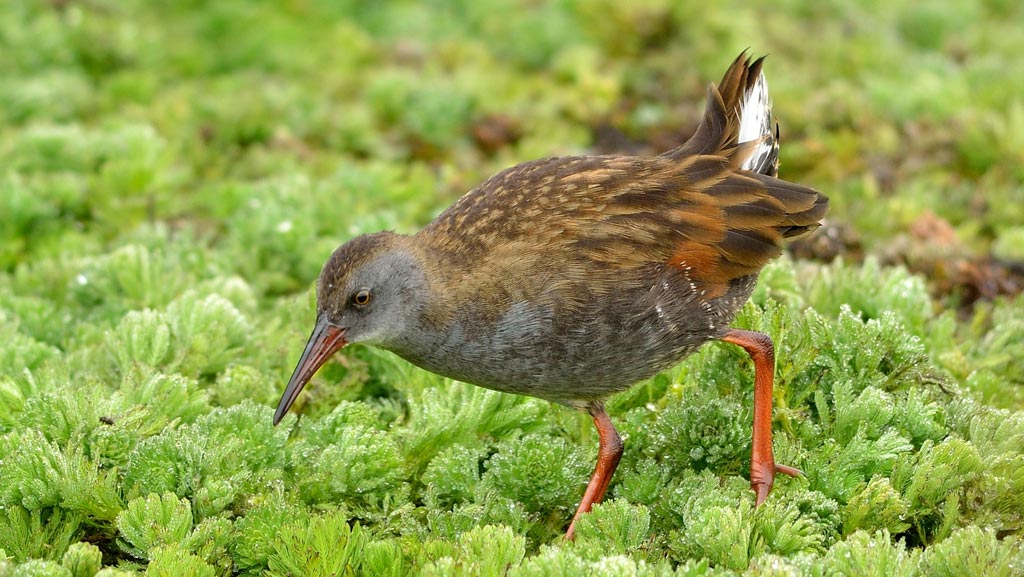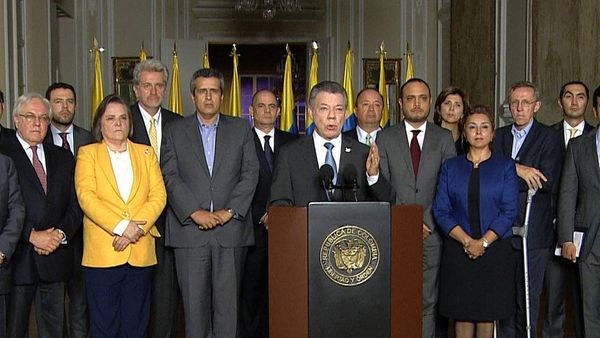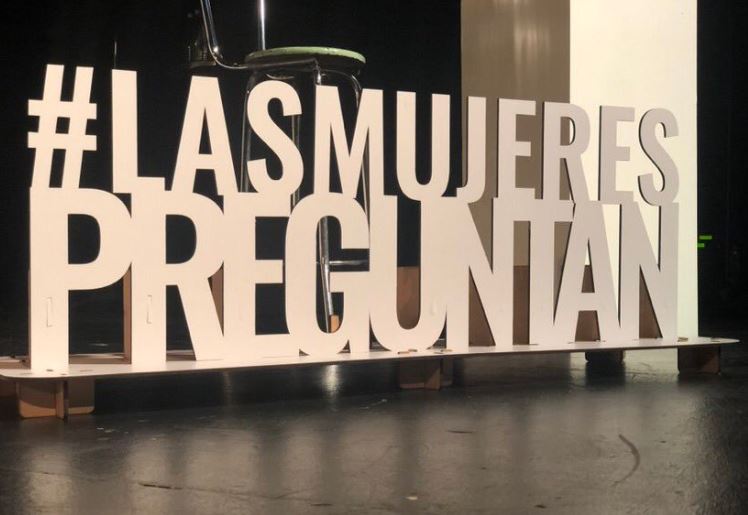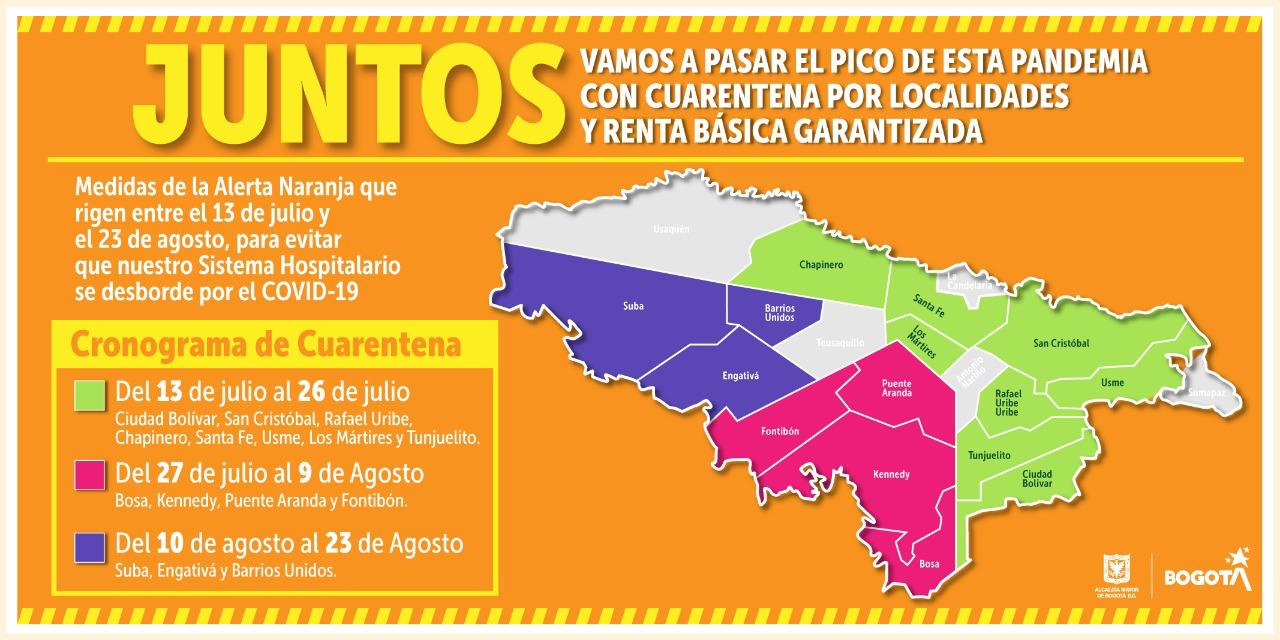
The Bogotano Tingua, a species under threat- Photo: Wikipedia
The Humboldt Institute has analysed this year’s presidential candidates’ main environmental proposals and identified topics that, in their opinion, will require more discussion, commitment and development.
The Humboldt study focuses on each of the five remaining presidential candidates’ approach to the six main pillars of the National Policy for the Integrated Management of Biodiversity and its Ecosystemic Services (PNGIBSE)–a government policy designed by the Minister of Environment and Sustainable Development in 2012.
The PNGIBSE’s main objectives focus on biodiversity as a founding principle for determining government policy.
So how did the candidates fare with respect to biodiversity? Surprisingly, despite the vast differences in ideology and temperemant, the Humboldt Institute found that most of them don’t differ all too much and that all of them have proposals on biodiversity that are far from complete.
How did the candidates score on the crucial issue of conservation?
In answering this question, the Humboldt Institute considered conservation as encompassing all natural areas where flora and fauna have been maintained or transformed as a result of human activity. They also took into account the resilience of these ecosytems and the guarantee that the benefits nature offers for human sustainability are cared for.
The conservation of ocean and river ecosystems, for example, is one of the principles within the environmental policies of Humberto De la Calle, Gustavo Petro, Iván Duque and Sergio Fajardo. All these candidates have focused on its biodiversity and the management of this natural resource.
However, according to the Humboldt Institute, it remains questionable whether the candidates are actually able to differentiate preservation, conservation and its consequences.
Although the candidates continue to set aside and mark out environmentally protected areas, their commitment to the sustainability of these areas remains unclear.
The institute also recognises that methodologies for conservation strategies, new protection models and strategic ecosystems like rivers and wetlands have been neglected in the candidates’ proposals.
Will the candidates use biodiversity research in their policy making?
According to the Humboldt Institute, if biodiversity is put at the forefront of policy-making, this will in turn improve the relationship between the state and urban and rural citizens, as biodiversity is regarded as an “irreplaceable benefit” to society as a whole.
When it comes to using biodiversity as a founding principle for policy making, the institute found all of the candidates’ proposals to be incomplete and in need of greater development. They also do not see enough evidence that the candidates are going to be using biodiversity research in their decision-making.
This being said, De la Calle, Petro, Duque and Fajardo do propose to strengthen the National Environmental System (SINA): a mixture of guidance, rules, activities and resources that provide general environmental principles. On the other hand, Germán Vargas Lleras proposes to reform it.
However, the institute appeared to be sceptical of whether any of these proposals could be covered by the candidates’ respective budgets.
The conflict between environmental sustainability and financial growth
Acknowledging that all of the candidates’ proposals reflect the priorities of a post-conflict nation, the institute points out that even though De la Calle, Petro and Fajardo see the need for a balance between environmental sustainability and financial growth, they fail to identify biodiversity as a way to grow the economy.
The Humboldt Institute concluded that Duque and Vargas Lleras consider financial stability a priority over environmental sustainability in their proposals, and suggest a diversification of ideas is needed from these two candidates on the green economy.
The analysis team also came to the conclusion that a larger commitment is needed on government environmental plans in relation to biodiversity and territorial laws, urban planning and city growth, in addition to the land planning provisions around water provided by Petro and Fajardo.
Petro and Fajardo were given a pat on the back for taking the rising sea levels and erosion that threatens coastal villages into account in their territorial planning proposals. However, further improvement on the relationship between biodiversity and the sustainable use of land in both rural and urban areas was encouraged.
Finally, they pointed out a complete absence of forest, fishing, and agricultural policies in all of the candidate manifestos.
How good are the candidates at communicating and promoting biodiversity?
The Humboldt Institute emphasises the importance of technology and knowledge-sharing in the management of biodiverse systems.
In this regard, they urge the candidates to utilise the resources provided by institutions such as Colciencias and the SINA.
Once again, the institute feels that all candidates could do more to commit to using these governmental resources in their decision making. Though De la Calle, Petro and Fajardo were given high marks for their commitment to using technological know-how to aid biodiversity, Fajardo and De la Calle were given gold stars for their recognition of the importance of indigenous as well as scientific knowledge.
How would the presidential candidates respond to threats to biodiversity?
This section was analysed with the aim of confronting threats to the loss and transformation of biodiversity and its ecosystemic benefits, which encompass all the benefits nature brings to society.
The recent tragic news of the flooding of the Hidroituango dam is a timely reminder of the constant dangers human activity poses to biodiversity. The Humboldt Institute takes a direct interest in this, as they will be part of the development of the next National Development Plan.
In their view, all the candidates have gaps in their understanding of the relationship between risk management and biodiversity.
Colombia’s commitment to reducing climate change
This March, Medellín hosted the Intergovernmental Science Policy Platform on Biodiversity and Ecosystem Services (IPBES), an important biodiversity summit organised by the Humboldt Institute. The panel reported that climate change was the number one driver of a reduction in biodiversity.
The institute concluded that all of the presidential candidates’ proposals had accepted Colombia’s obligations under the sustainable innovation forum COP 21.
Beyond this, no other treaties relating to biodiversity have been mentioned by the candidates, except for Fajardo’s incorporation of the 20 goals outlined in the Strategic Plan for Biological Diversity 2011-2020 (AICHI).
As well as investigating biological resources, the Humboldt Institute provides scientific information for public decision-making in the attempt to build a bridge between science and politics. Their mission, according to spokeswoman Adriana Camelo, is to “build upon civil society’s knowledge of biodiversity.”
Camelo told The Bogotá Post that the purpose of this exercise was to “help all [the candidates] to build a better environmental proposal and to inform civilians of the institute’s vision of their proposals, so that we can improve in each one of these campaigns.”
Although the institute were lukewarm in its reception of the candidates’ proposals on biodiversity, they hoped it would stimulate a dialogue towards more concrete policy.
To this end, they have been carrying out a social media campaign led by the hashtag #AmbienteElectoral to pose questions to the presidential candidates, which ended yesterday.
In 2016, President Santos set up Colombia Bio, a comprehensive survey of Colombia’s biodiversity. It is hoped that the next president of Colombia can build upon this crucial step by protecting it too.





